#Astronomy & Physics
Explore tagged Tumblr posts
Text
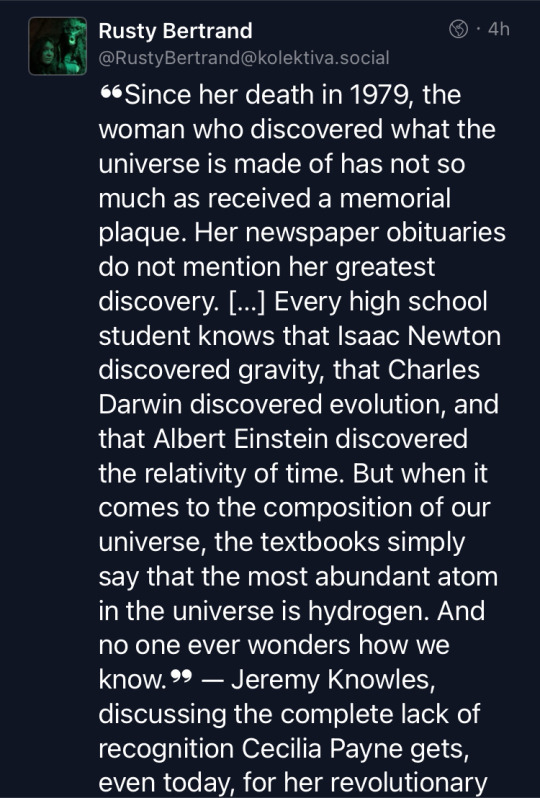

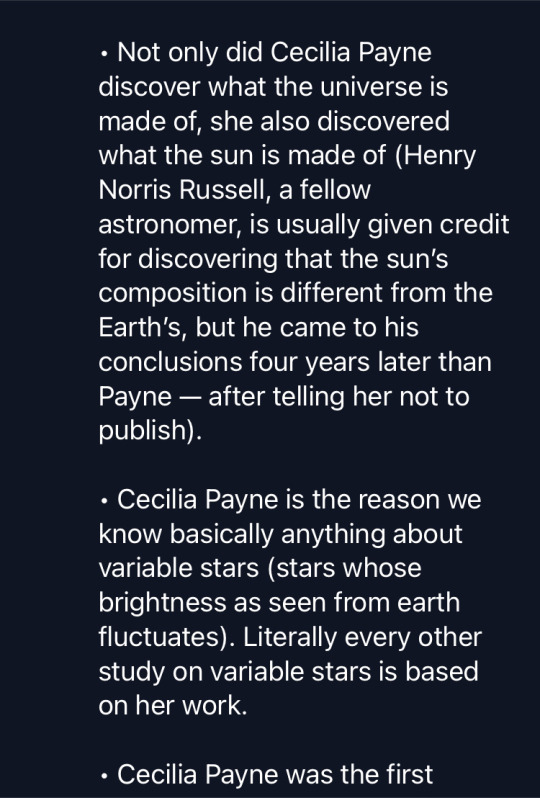

44K notes
·
View notes
Text

i'm ready to try
#This drawing is kind of personal to me#I recently graduated (CUM LAUDE WOOOO!!!!) and its like. not to get depressing#but when i was younger i was never sure whether i would make it to this point#When i was going through what i consider to still be like. the worst time of my entire life#This fictional character was there for me and she was something for me to latch onto and cope with#eGem helped me a lot with being able to process my emotions at the time but also helped me to reflect on myself#which i think is a big reason as to why I'm really happy with where i am with myself right now#I'm going off to uni next school year to study astronomy!!! which!!!#Im also doing because of eGem!!! She ignited this kind of childlike wonder for space for me#I love doing math and physics and whilst Im still a bit scared because. honestly i don't know whether this is what i want to do with my lif#I think i'll be okay either way#either way i wanted to draw egem again even if i haven't done so in a while because its like#i think i wouldnt be who i am without her. i think i'd be a lot worse off#so like. thank you empires smp thank you geminitay thank you egem This drawing is me expressing my gratitude#AND THANK YOU AUTISM!#empires smp#empires smp s1#empiresblr#esmp#geminitay#art#fanart#alice.art#mcyt#mcytblr#song is andromeda by weyes blood... obv.. you guys know me by now :oP
3K notes
·
View notes
Text
Okay be honest, because I feel really dumb right now:
(Like, am I the only one who thought it was like -80F/-60C daytime range???)
#physics#astronomy#moon landing#Apollo#i will never recover from learning this fact#this has fucked me up for life#THE MOON IS HOT?!?!??#(at least during the day)
6K notes
·
View notes
Text

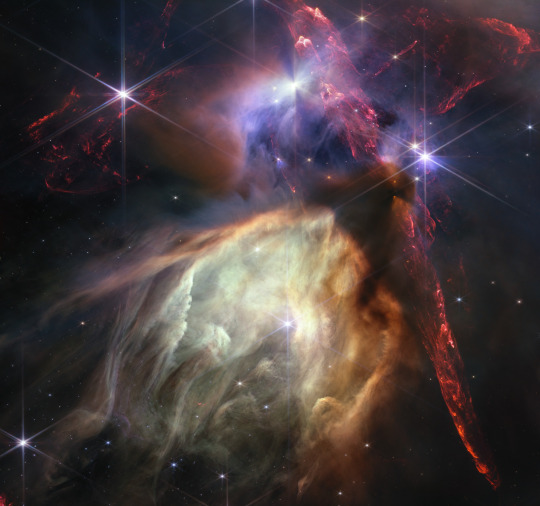

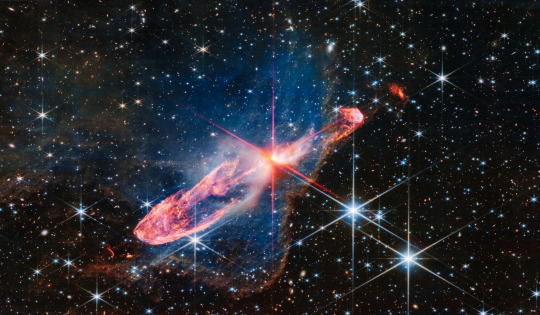
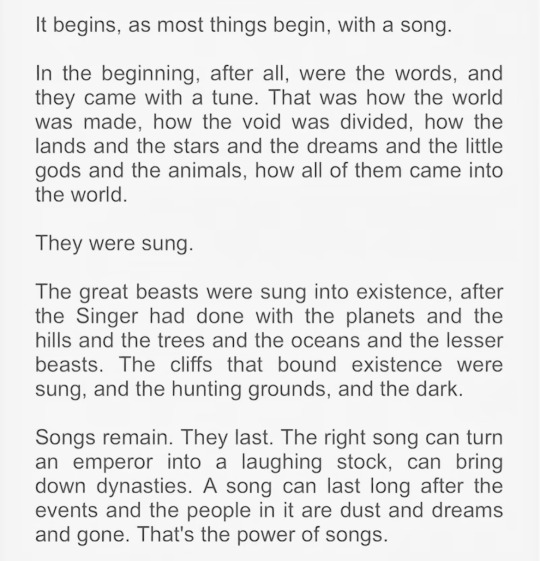
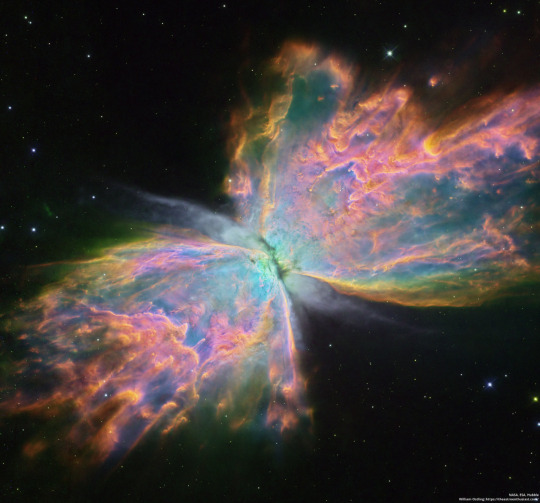
can you hear the music?
#heavily inspired by halesbian on tiktok#web weave#string theory#physics#astronomy#sketiana#words#web weaving#parallels#comparatives#writing#science#everything sings
5K notes
·
View notes
Text
Black Hole Friday Deals!
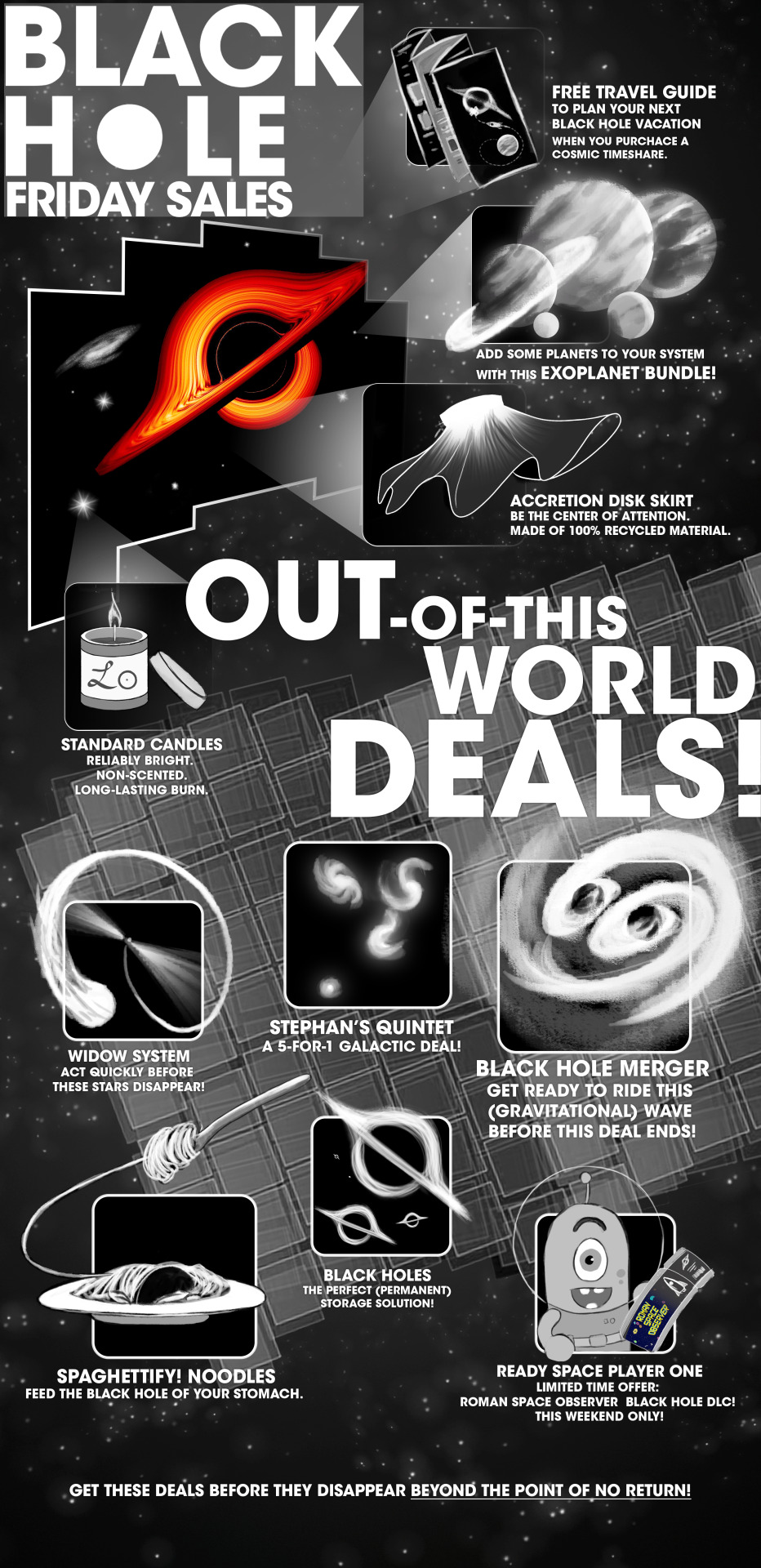
Get these deals before they are sucked into a black hole and gone forever! This “Black Hole Friday,” we have some cosmic savings that are sure to be out of this world.
Your classic black holes — the ultimate storage solution.
Galactic 5-for-1 special! Learn more about Stephan’s Quintet.
Limited-time offer game DLC! Try your hand at the Roman Space Observer Video Game, Black Hole edition, available this weekend only.
Standard candles: Exploding stars that are reliably bright. Multi-functional — can be used to measure distances in space!
Feed the black hole in your stomach. Spaghettification’s on the menu.
Act quickly before the stars in this widow system are gone!
Add some planets to your solar system! Grab our Exoplanet Bundle.
Get ready to ride this (gravitational) wave before this Black Hole Merger ends!
Be the center of attention in this stylish accretion disk skirt. Made of 100% recycled cosmic material.
Should you ever travel to a black hole? No. But if you do, here’s a free guide to make your trip as safe* as possible. *Note: black holes are never safe.
Make sure to follow us on Tumblr for your regular dose of space!
#NASA#astronomy#telescope#Roman Space Telescope#black holes#galaxies#cosmology#astrophysics#stars#galaxy#Hubble#Webb#space#exoplanets#science#physics#comic#comics#comic art
3K notes
·
View notes
Text
i find it so unfair that i cant do all the science. like what do you MEAN I can't study bio and chem and biochem and atrophysics and physics and geology and climate science. what do you MEAN i have a limited lifespan and need to get out of school at some point to get a job. i want to collect the science fields like pokemon, this isn't fair
#minty's crystals#science#biology#chemistry#physics#astrophysics#astronomy#stem#I'm literally such a nerd but i want to learn EVERYTHING i want to be the MASTER OF SCIENCE#also i wanna be famous for it#something something nobel prize something something cover of time magazine#academia#chaotic academia
6K notes
·
View notes
Text
Astronomers have discovered a new planetary oddball beyond the solar system that is as fluffy and light as cotton candy. The extrasolar planet or "exoplanet" named WASP-193 b is around 1.5 times the width of Jupiter but has just over a tenth of the solar system gas giant's mass. This makes it the second-lightest planet in the exoplanet catalog, which contains over 5,400 entries. Only the Neptune-like world, Kepler 51 d, is lighter than WASP-193 b. Located around 1,200 light-years from Earth, WASP-193 b orbits its star at a distance of around 6.3 million miles, which is about 0.07 times the distance between Earth and the sun. That means it completes an orbit of its sun-like star, WASP-193, in just 6.2 Earth days.
Continue Reading.
1K notes
·
View notes
Text
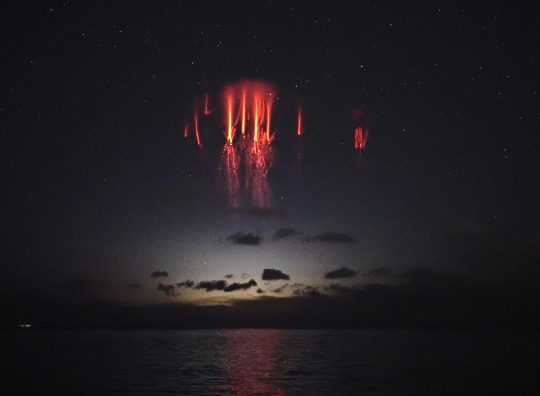
Red sprites formed above thunderstorms in the southeast Aegean Sea, as captured from the eastern suburbs of Athens, Greece on December 4, 2021.
Credits: Copyright Thanasis Papathanasiou
4K notes
·
View notes
Text
Saturn has 83 moons. 63 moons are confirmed and named, and another 20 moons are awaiting confirmation of discovery and official naming.
This is their dynamic visualization while they travel with Saturn through space
#physics#astronomy#science#quantummechanics#quantum mechanics#stoicism#society#psychology#ethics#morality
1K notes
·
View notes
Text








#science#space#astronomy#physics#news#nasa#astrophysics#esa#spacetimewithstuartgary#starstuff#spacetime#hubble space telescope#jwst
440 notes
·
View notes
Text
Math
Geologist: I do more math than you might think
Chemist: I mean, chemical equations are basically mathematical equations. If you think about it (I also do math math)
Physicist: Oh, yeah, it’s all math but we just handwave it
Mathematician: YOU DO WHAT!?
Quantum Physicist: *regularly does math that is literally beyond human comprehension* *now resides in a higher plane of existence*
Engineer: If I don’t do this math correctly PEOPLE WILL DIE
Military Scientist: If I don’t do this math correctly PEOPLE WILL SURVIVE
Topologist: If I don’t do this math correctly PEOPLE WILL BE MOSTLY UNAFFECTED
Philosopher: But what even IS math, really? No seriously, what is it?
Organic Chemist: I kinda forgot how to do math, to be honest
Biologist: I literally only chose this field so I wouldn’t have to do as much math. I love stamp collecting
Biostatistician: wtf
#science#biology#physics#chemistry#geology#scientists sitcom#why tf do I need a calculus credit for a bachelors of biology degree???#astronomy#engineering#math#military science#topology#biostatistics
2K notes
·
View notes
Text
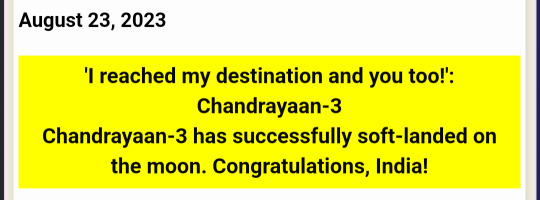
Letssss gooooooo !!!!!!!! 🥳🥳🥳🥳🥳🥳
INDIA HAS DONE IT.👑😎
India became the first nation to successfully land a spacecraft near the south pole of the FRICKING MOOON!!!!!
🎉🎉🎉
🪩
India creates history and this calls for a celebration.
India is on da moon!!!!!
🎊🎊
🎆🎇🎇
#chandrayaan3#chandrayaan launch#india is da goat#india is soo cool#lets goooo scientists#study space#astronomy#space craft#yaaaaaaayyyyyyyy#!!!!!!!!!!#science#physics
3K notes
·
View notes
Text

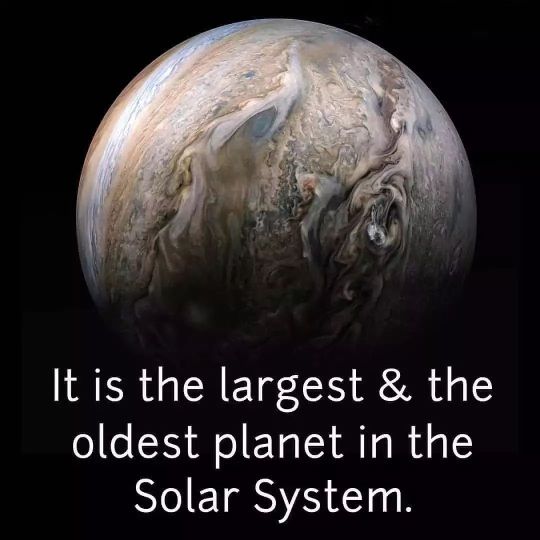
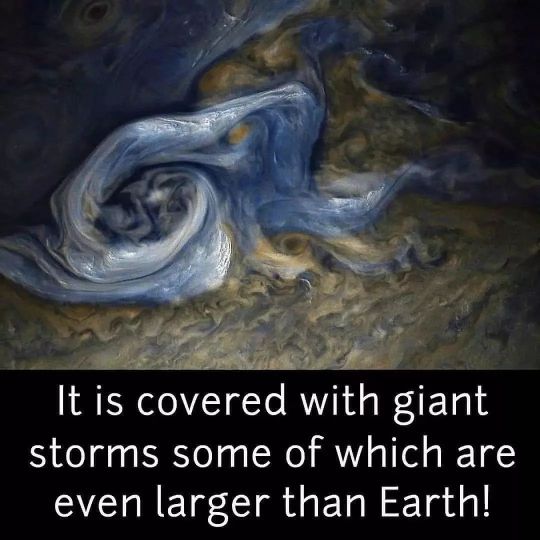
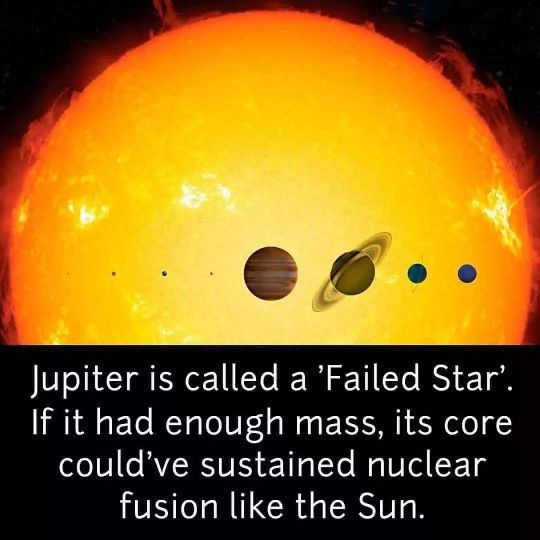



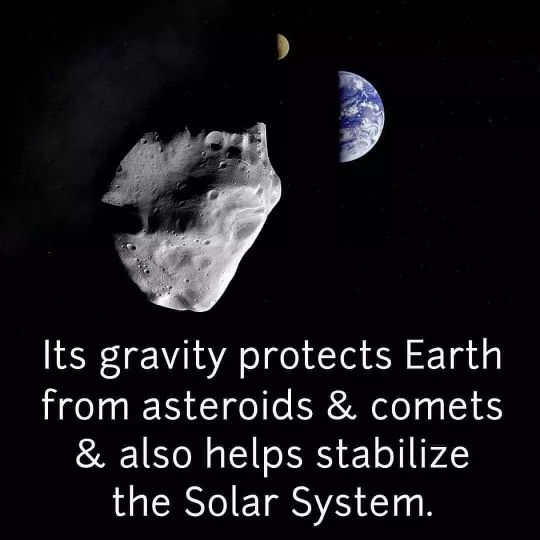
" Jupiter the most badass planet in the Solar System... It is the largest & the oldest planet in the Solar System. It has 79 moons, some of which are even larger than planet Mercury! It is large enough to fit 1300 Earths. It is covered with giant storms some of which are even larger than Earth! jupiter is called a 'Failed Star If it had enough mass, its core could've sustained nuclear fusion like the Sun. And most importantly.. lts gravity protects Earth from asteroids & comets & also helps stabilize the Solar System"
//© Quantum Royco
#space#Planets#earth#moon#mercury#Venus#Mars#Jupiter#Saturn#Uranus#Neptune#Pluto#solarsystem#cosmos#cosmology#universe#astronomy#spacescience#spaceexploration#physics#science#quantumphysics#astrobiology#planet#planets#galaxy#galaxies#NASA#explore#follow
3K notes
·
View notes
Text
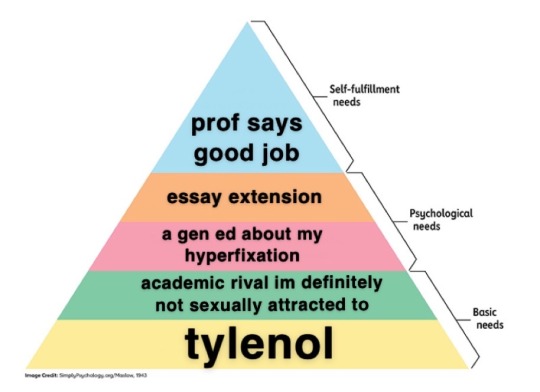
#academia#disabled#studying#undergrad#university#college#chronic illness#adhd#autism#physics#astronomy#astrophysics#chaotic academia#meme#oc
1K notes
·
View notes
Text
Before we get into black holes, there are a few myths about them that deserve to be addressed.
First off, they don’t “suck stuff in.” They exert gravity on objects the same as anything else with mass. In fact, if our sun were to be magically replaced, instantly, with a black hole of equal mass, our orbit around it wouldn’t change at all!
Second, that they’re black because their gravitational pull is so large that not even light can escape. This one’s more complicated. Around the singularity, there is a region of space where an observer cannot see “in”, which is called the event horizon. If you’re curious, this region’s size is defined by the black hole’s “Schwarzchild Radius” (Rs), which is defined by the equation Rs = 2GM / (c^2) where G is the gravitational constant, M is the mass of the black hole, and c is the speed of light.
In simple terms, let’s say we send an astronaut into the black hole. As they approach the event horizon, they experience time passing normally. From their perspective, they fall toward the black hole, through the event horizon, and observe whatever is happening beyond it. But from our perspective as an observer, the astronaut appears to slow down. Gravity affects spacetime, and the farther down a gravity well one goes, the slower time moves. This is actually something that GPS satellites need to account for, because this difference is observably present even for Earth’s gravity!
So as observers, the astronaut’s progress continues to slow as they approach the event horizon, to the point that their progress appears to just stop when they arrive at the edge of it. This is where the astronaut will appear to be, forever…if we could still see them. Light is also affected: it appears to slow down too and its frequency decreases. This decrease of its frequency is called redshift, and as the light approaches the event horizon it redshifts out of observable frequencies. So the astronaut, and the light with which we’d observe them, disappear without ever passing the event horizon from our perspective as observers. Remember, from the astronaut’s perspective they’re moving as normal and they pass through the event horizon just fine. So while, yes light can’t escape the event horizon, we’d never see it pass into it in the first place, and that’s why black holes appear black.
The last misconception, which I’m guilty of spreading in my last post, is that all black holes are infinitely dense. This is true in some cases, but supermassive black holes can actually have very low density! When I can find a satisfying answer as to why, I will be sure to share it lol.
This has become another one of my Very Long Posts, so if you would rather absorb this information in video or audio format, PBS Space Time has an excellent video here which I found very helpful in my understanding. All the material I’ve covered in this post is in this video, actually.
2K notes
·
View notes